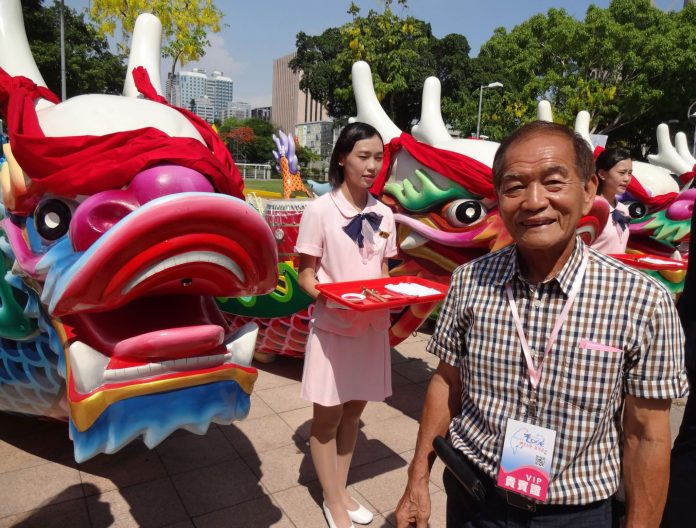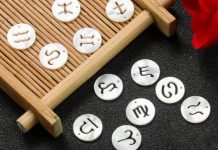
Chinese Name: 洪全瑞
Born: 1948
Birthplace: Pingtung County (Southern Taiwan)
Did You Know That…?
On May 8, 2015, the Bureau of Cultural Heritage of the Ministry of Culture officially recognized wooden boat-making and maintenance techniques as one of the cultural heritage of the country, with Hung Chuan-jui registered as its preserver.
Growing up as the son of a carpenter, Hung Chuan-jui was immersed in the traditions of woodworking from an early age, influenced by his father and older siblings. At the age of 15, he traveled north to Keelung City to study the craft of building wooden fishing boats. When he was 18 years old, Hung had mastered the art and ventured out on his own, building wooden boats and other constructions independently. Later, he traveled to Europe and visited several boat museums, collecting boat-making information from the West and the East to further enhance his knowledge. This extensive research led him to create over ten models of European sailing ships and Chinese treasure ships, establishing him as an unparalleled craftsman. For the next half-century, he rose to become the top wooden boat maker domestically and internationally.
In the second half of the 1970s, the industry began to replace wood with other materials such as fiberglass and alloy. Affected by the change of industry, Hung started to run a crane company in his early thirties. With financial stability achieved, he returned to his passion for boat-making. However, in this period, he observed the gradual loss of boat-making techniques. To make a change, he started to take orders nationwide to build wooden boats for religious ceremonies and festivities, including dragon boats and King Boats, hoping to transform his crafts by contributing to the cultural sector.
Devoting his entire life to boat-making, Hung was concerned about the loss of the tradition. Wooden boats, primarily commissioned by non-profit entities like temples, government departments, and museums, were at risk of disappearing. To preserve the invaluable knowledge he possesses, he documented wooden boat-making processes through videos and time-lapses, aiming to provide future craftsmen with an archive to study and draw inspiration from.









